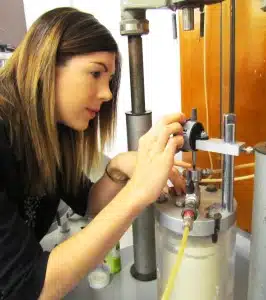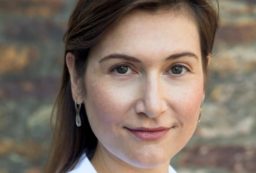A Queensland engineer can now predict how long it takes for reclaimed land to become suitable for development, potentially saving millions of dollars in building costs.
Dr Julie Lovisa, of James Cook University, has created a mathematical model to predict when reclaimed land is solid enough to build on, allowing for greater accuracy in construction timelines.
“With the continual need for port expansions, we are left with reclaiming land from the sea, a process that can take decades if not centuries,” says Julie, who studied land reclamation in the Port of Brisbane as part of her PhD.
“We need to be as accurate as possible in our predictions – if we’re out by just one per cent, this can mean the difference between starting construction in two or 20 years,” she said.
To create land at the Port of Brisbane, watered-down dredged mud is pumped into containment paddocks erected in the ocean.
“It is the process of water being squeezed out of the mud that takes such a long time. We can try to speed this process up by loading the mud with sand, but there is only so much we can do,” Julie says.
By mathematically modeling the flow of water through the mud, it is possible to more accurately predict how long the overall settling process will take.
“At the end of the day, the bottom line for the port is ‘When can we build on our new land?’ We can now give them that answer with more accuracy,” Julie says.






 Fresh Science is on hold for 2022. We will be back in 2023.
Fresh Science is on hold for 2022. We will be back in 2023.